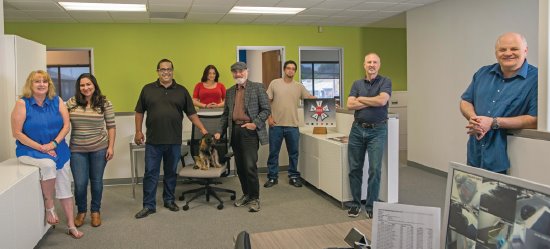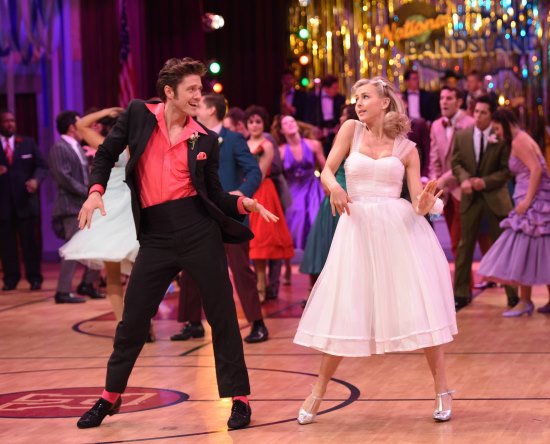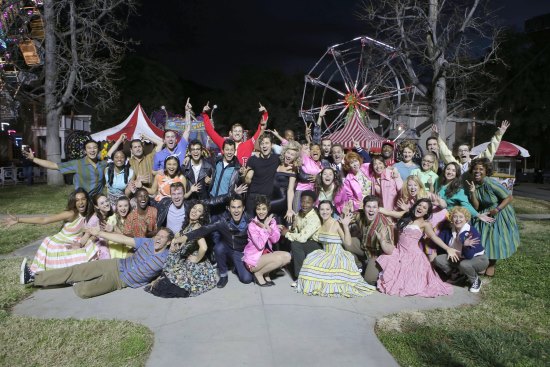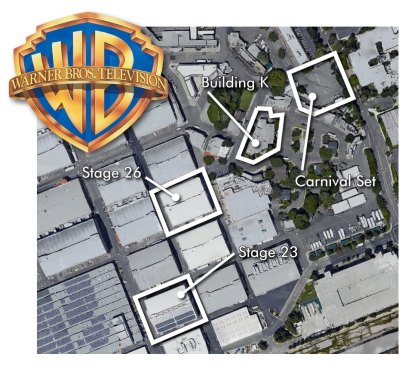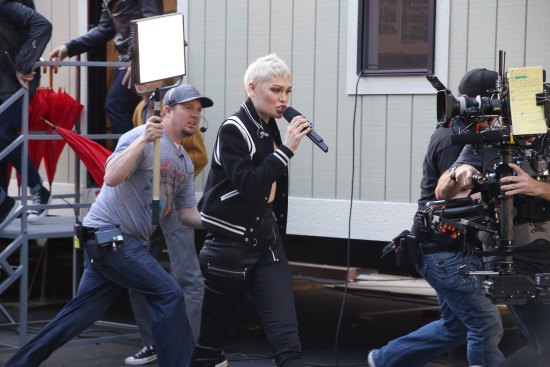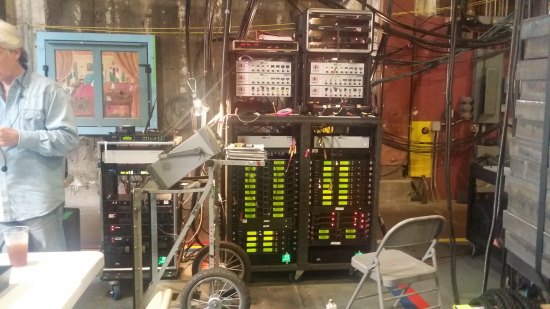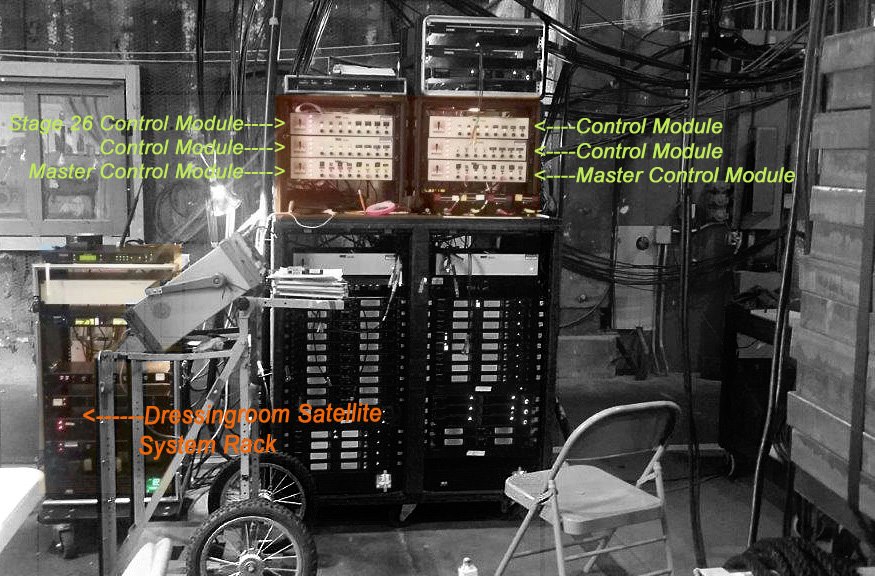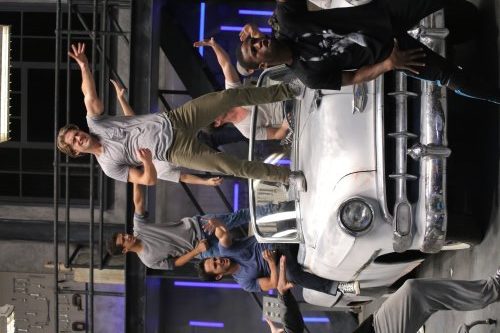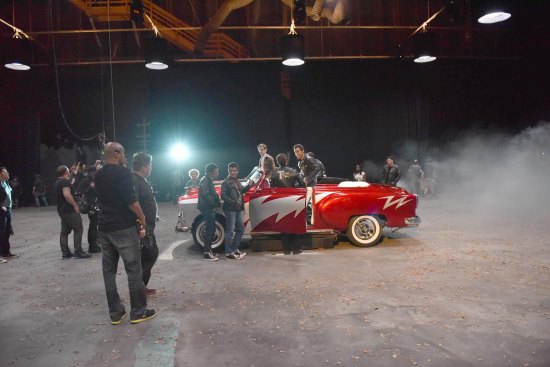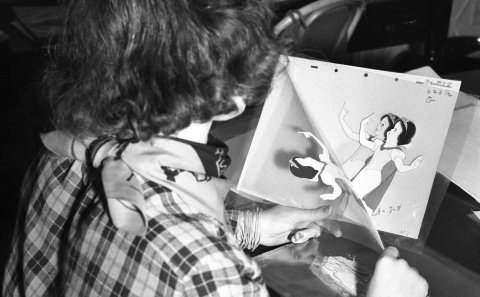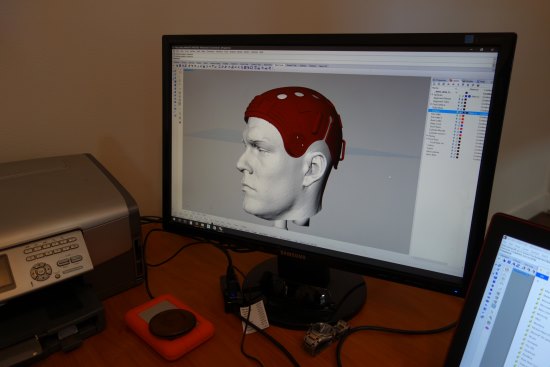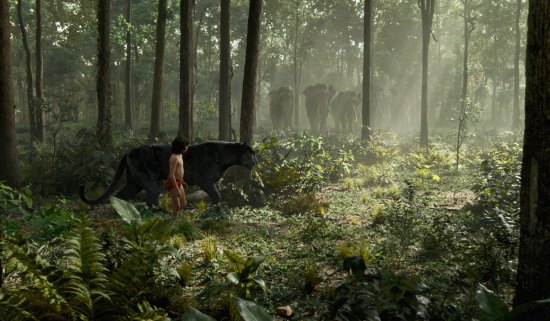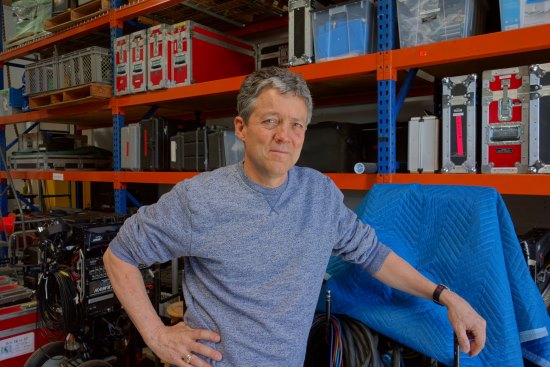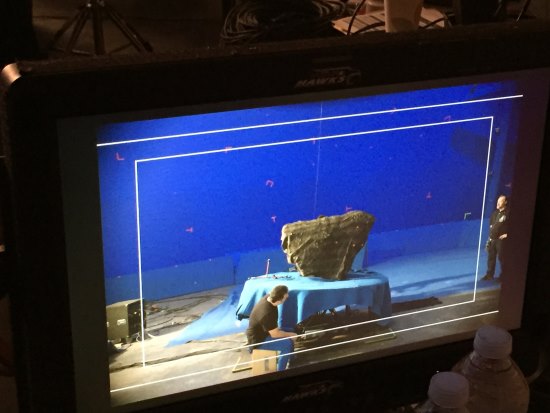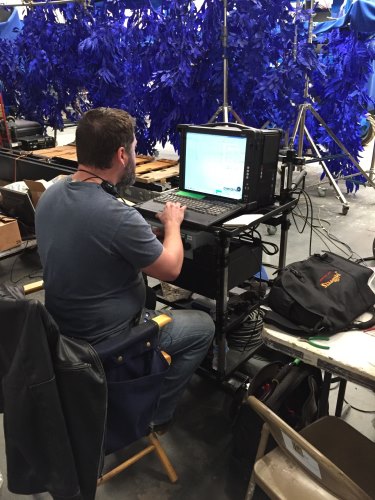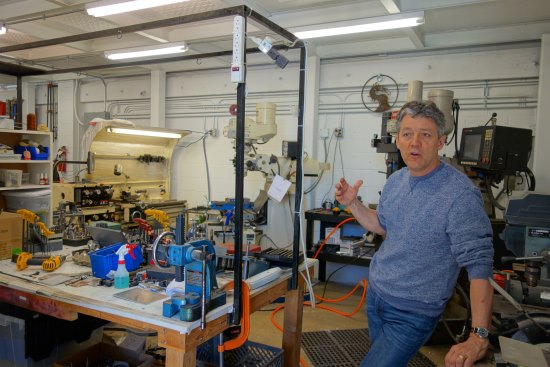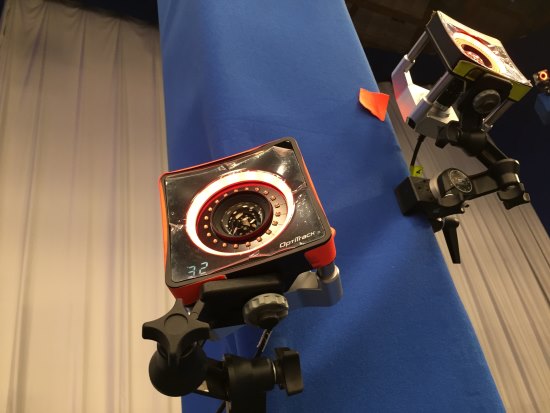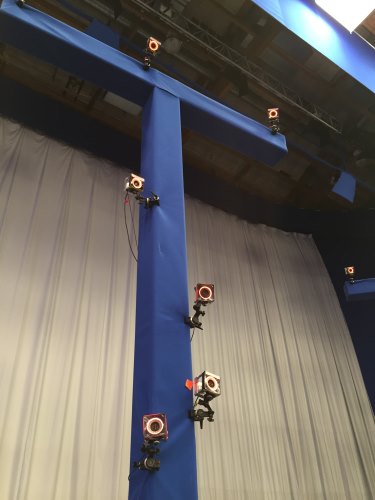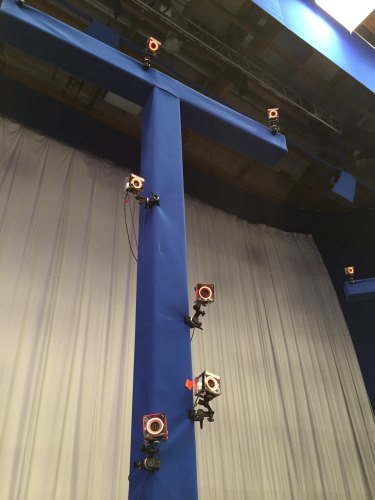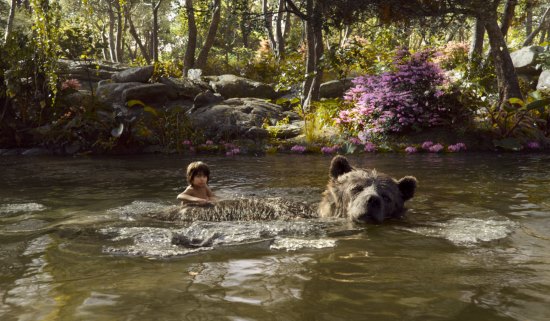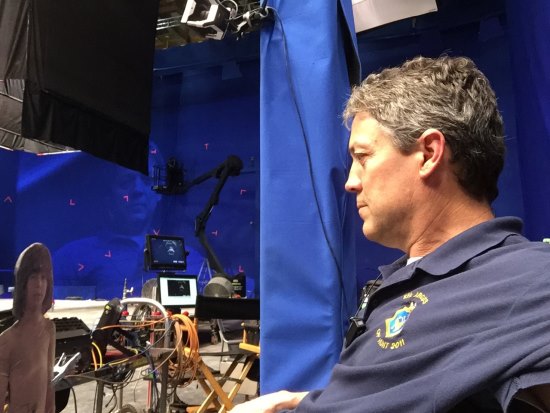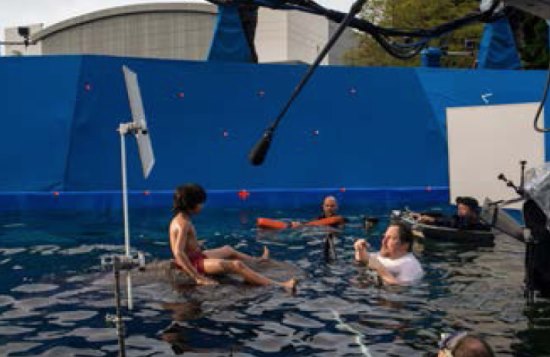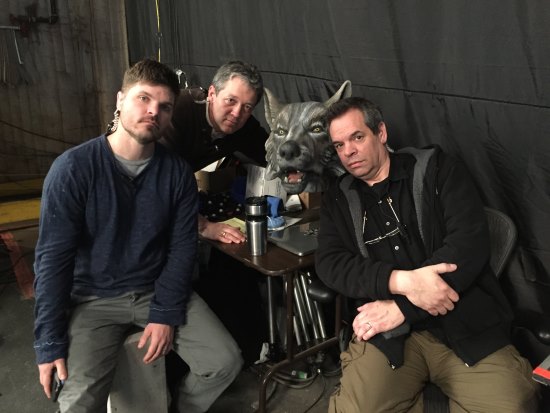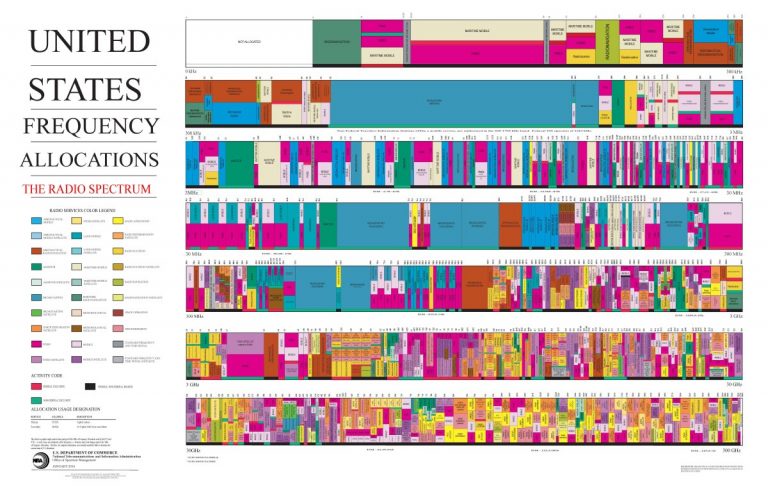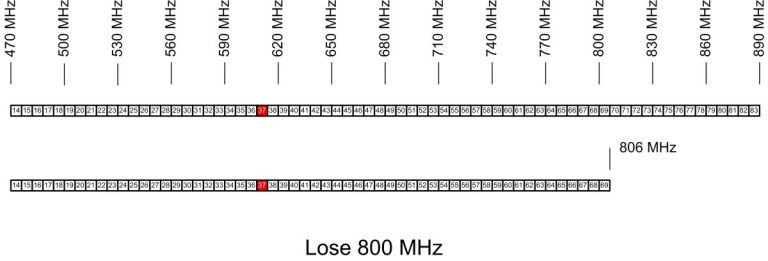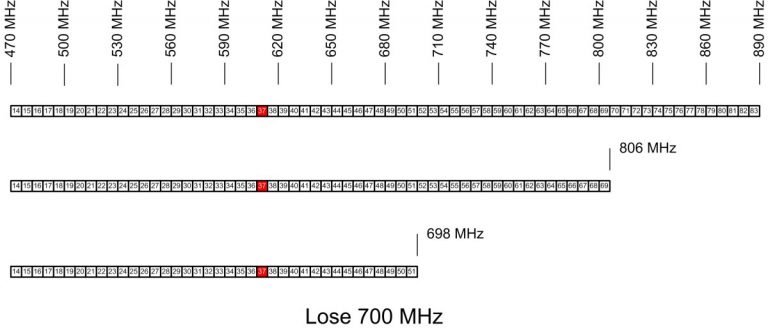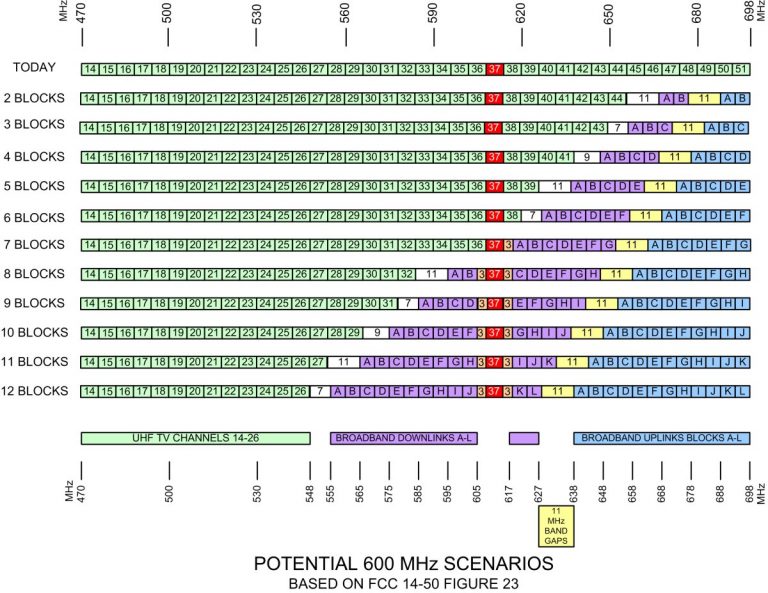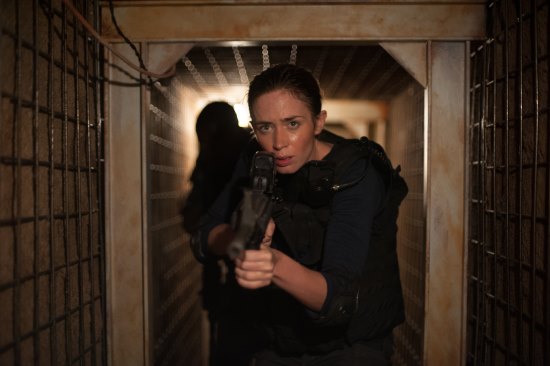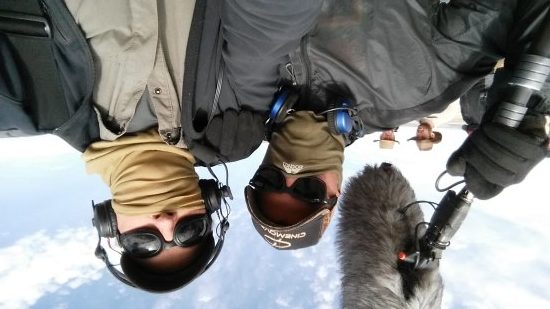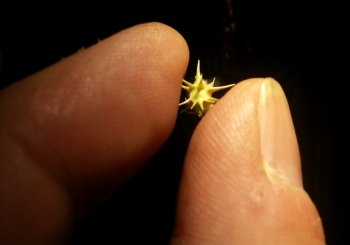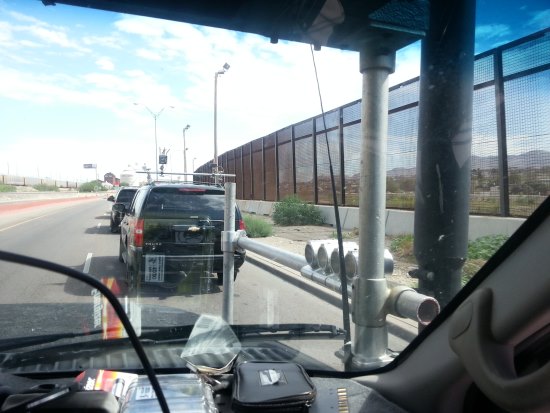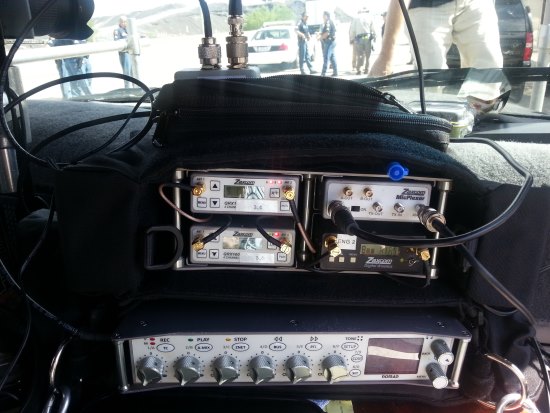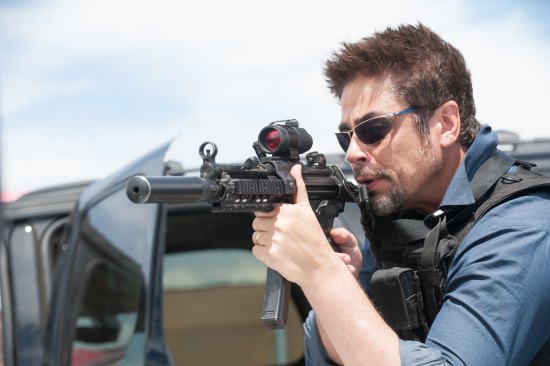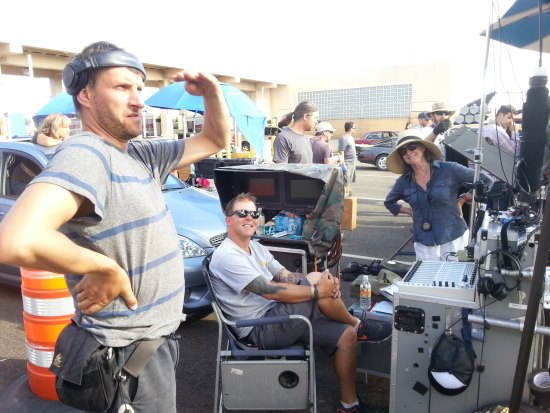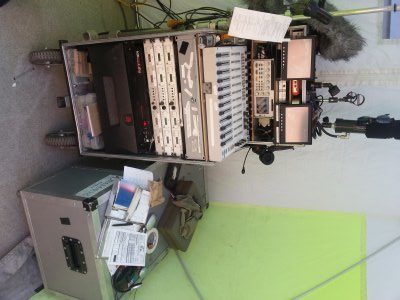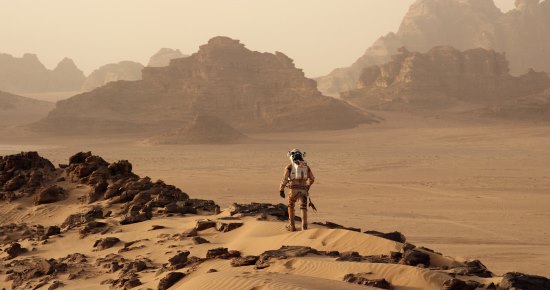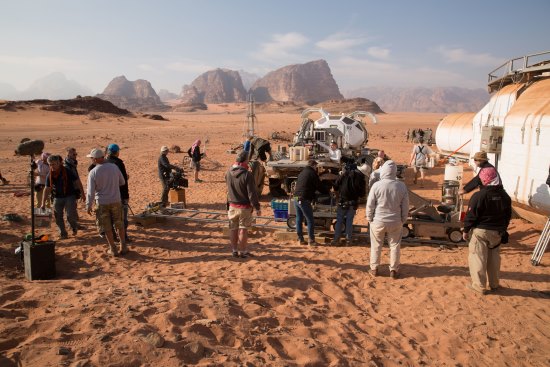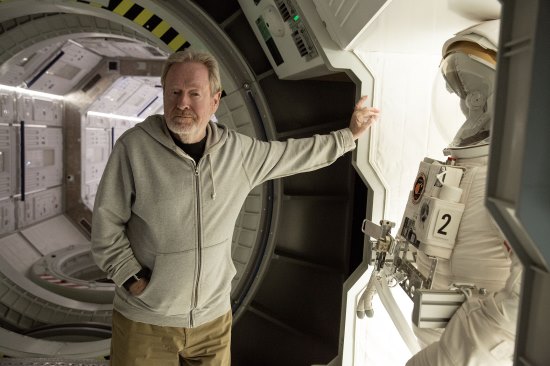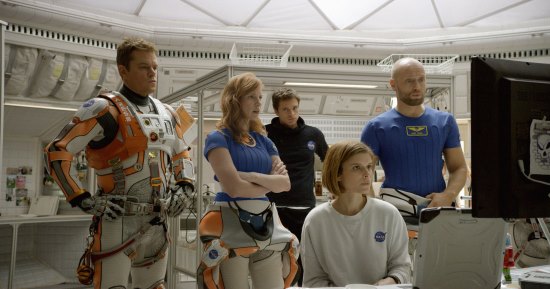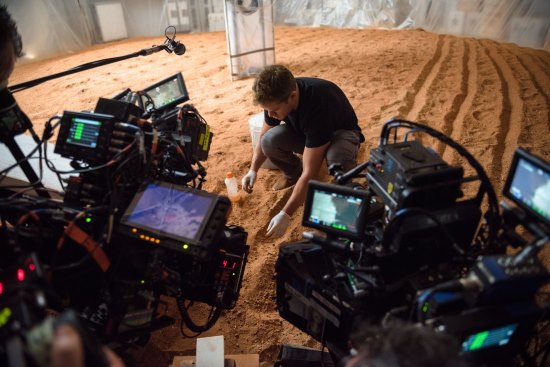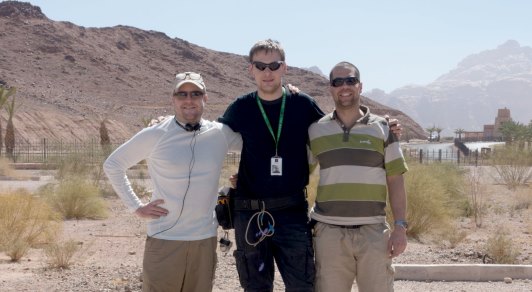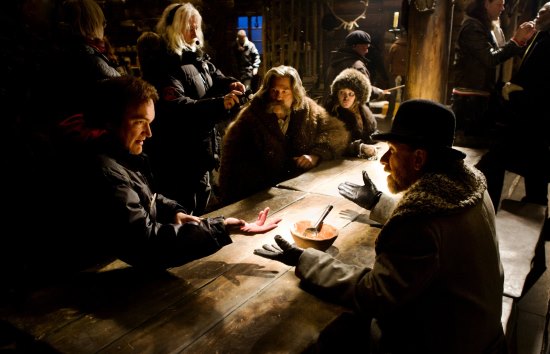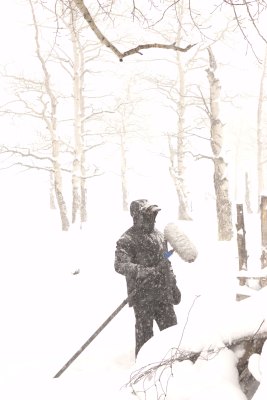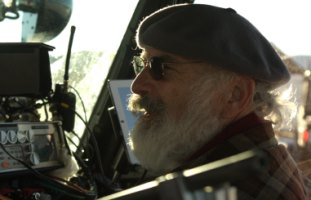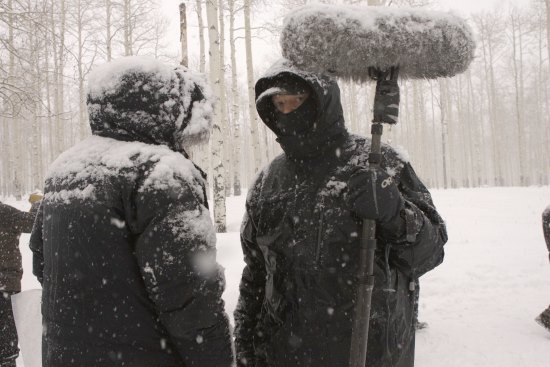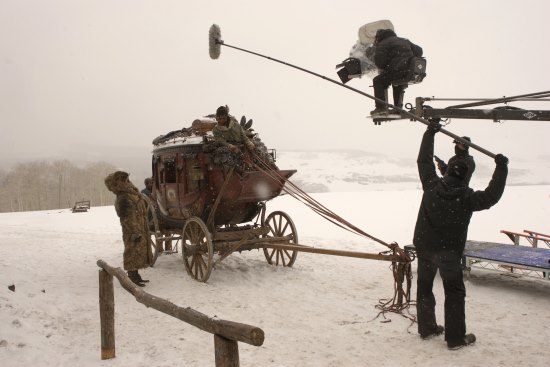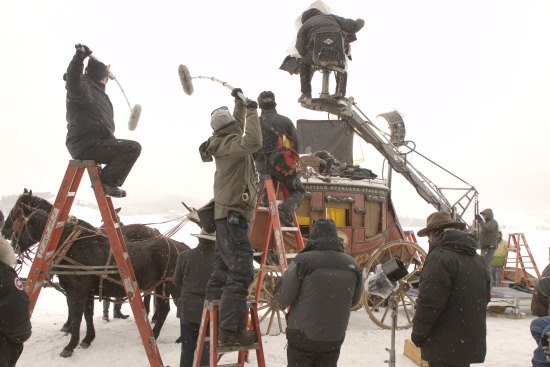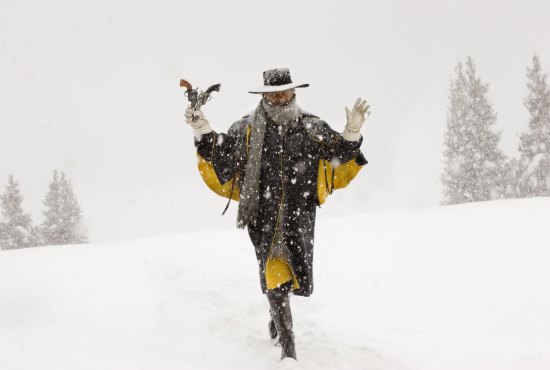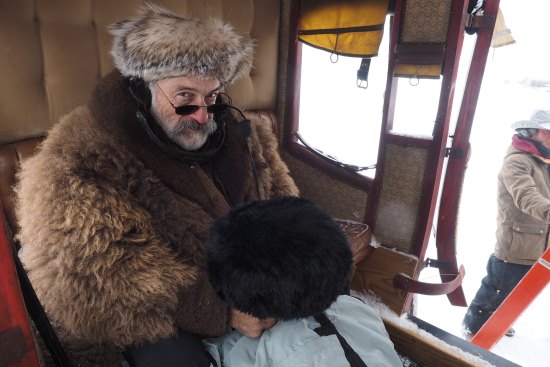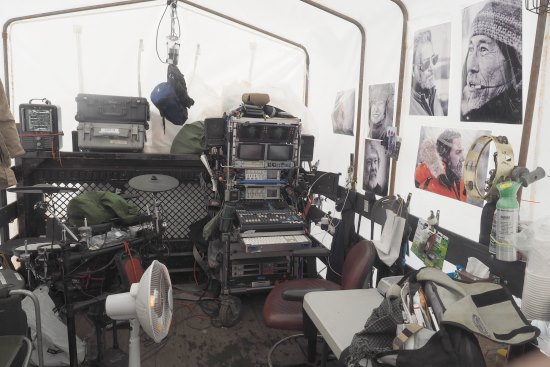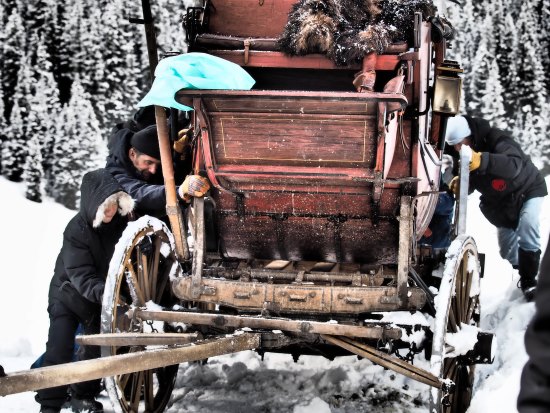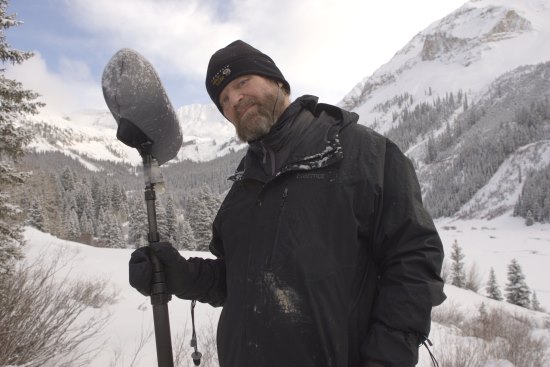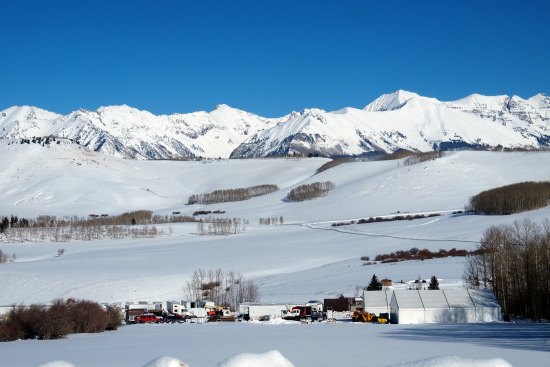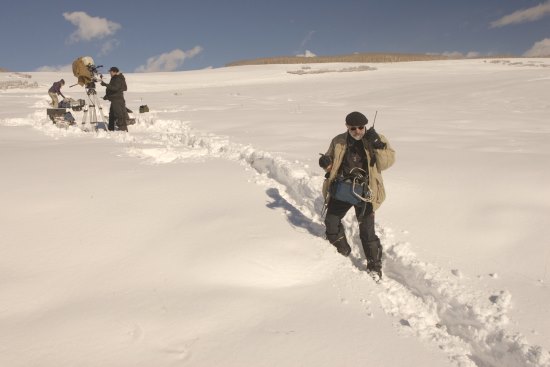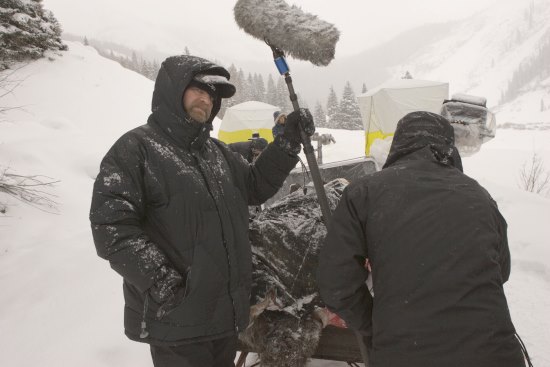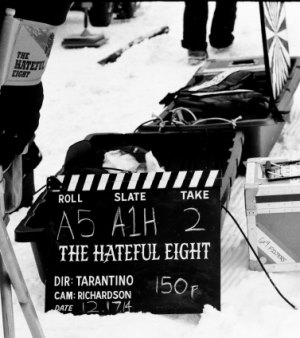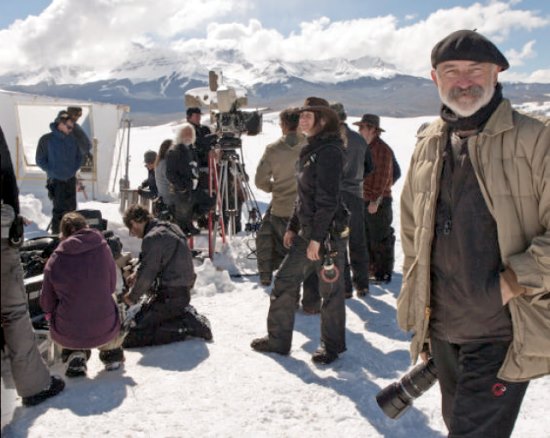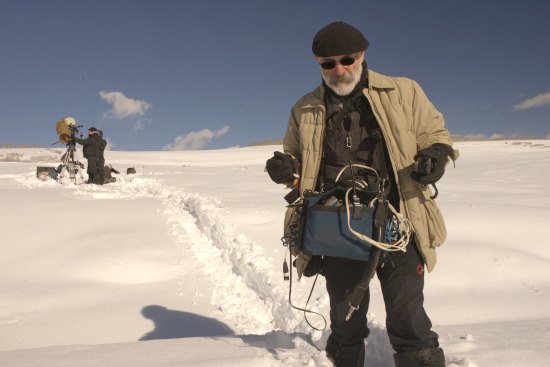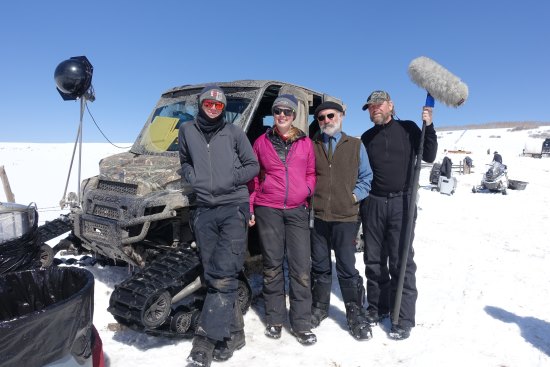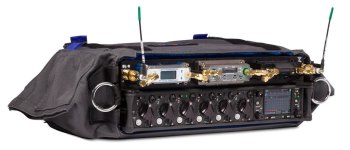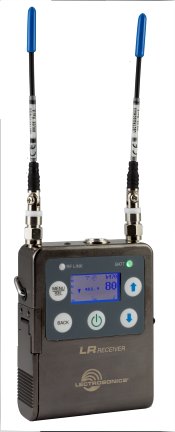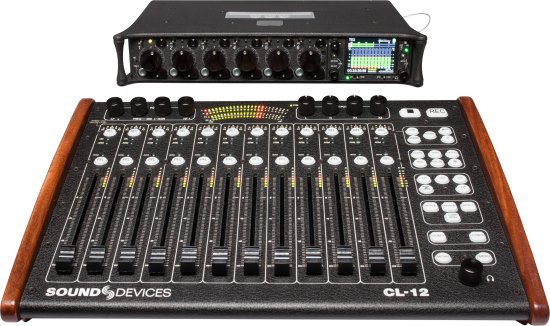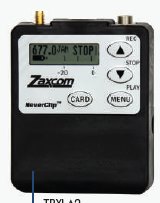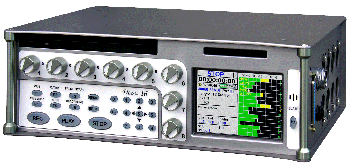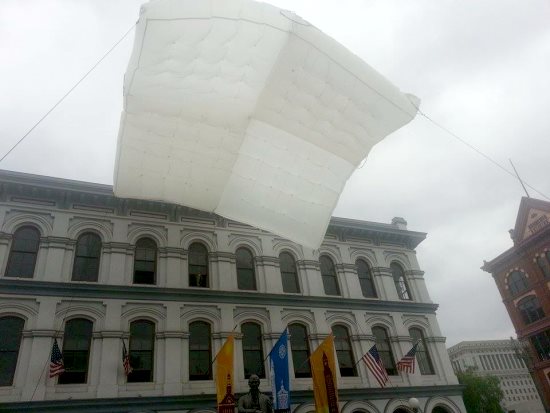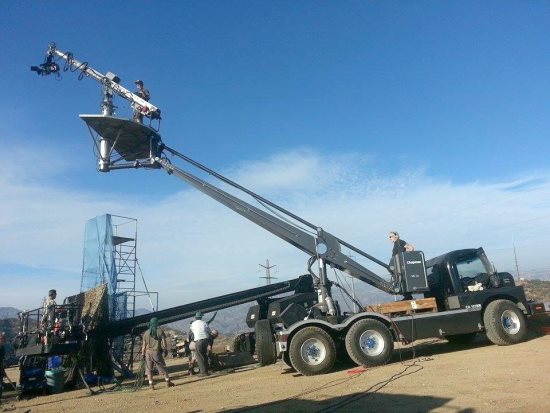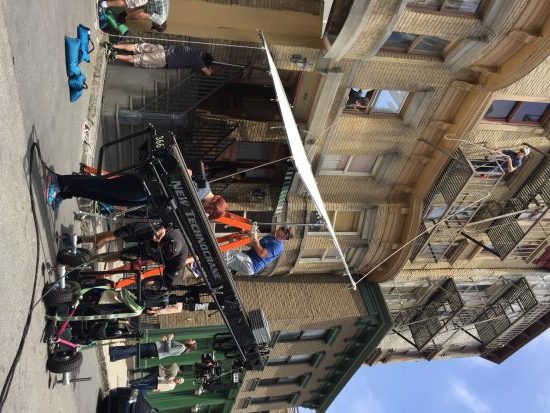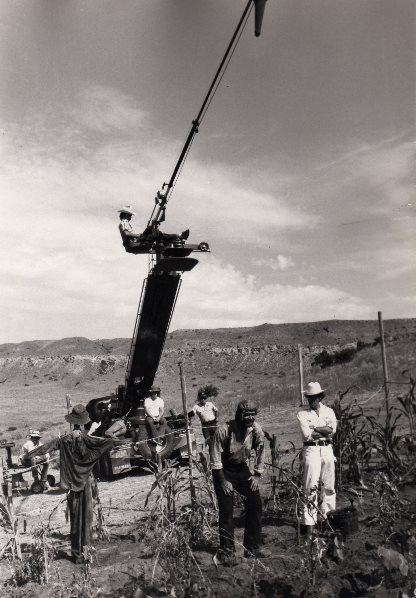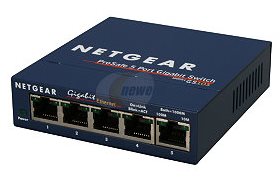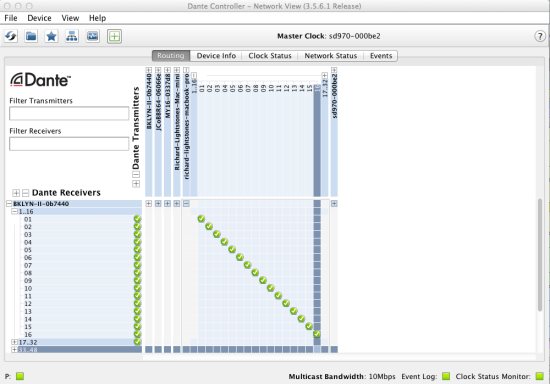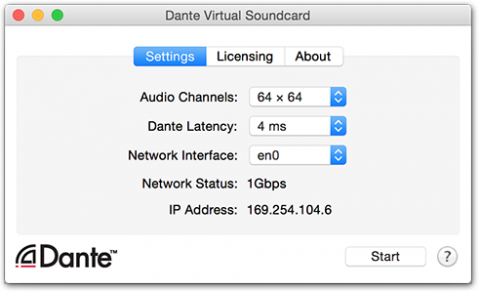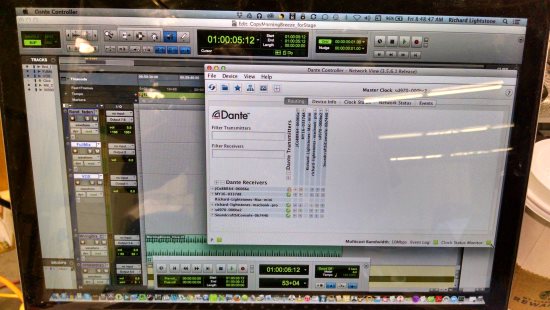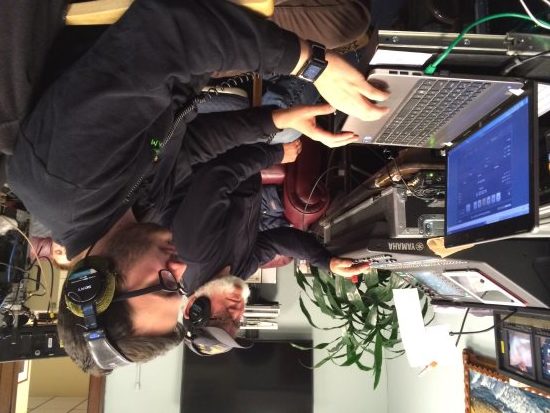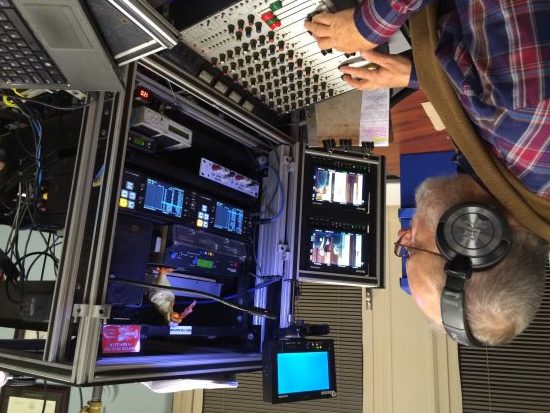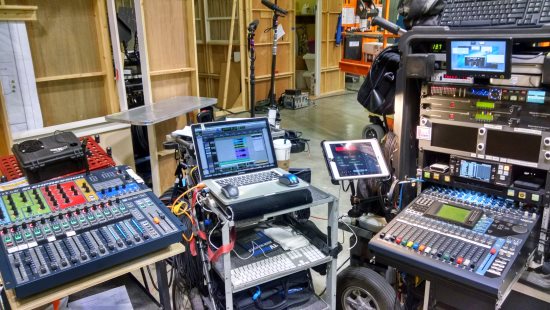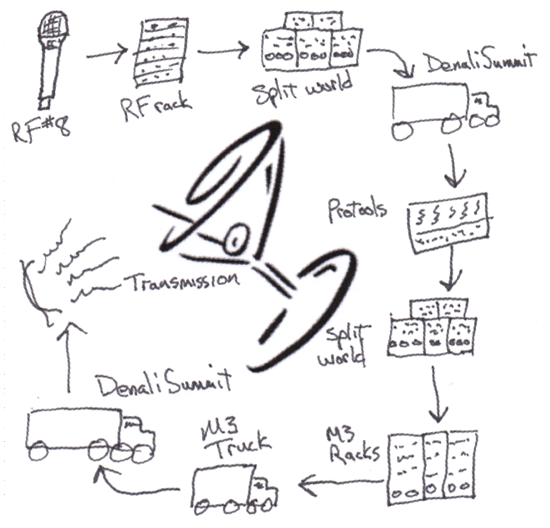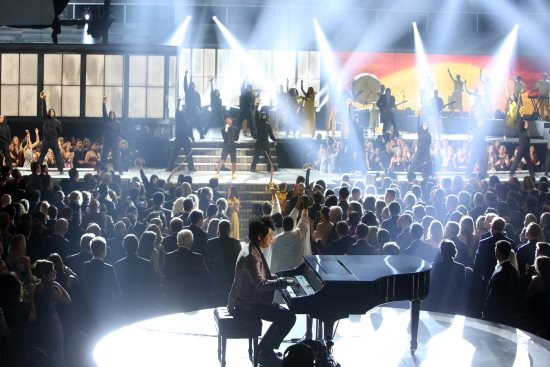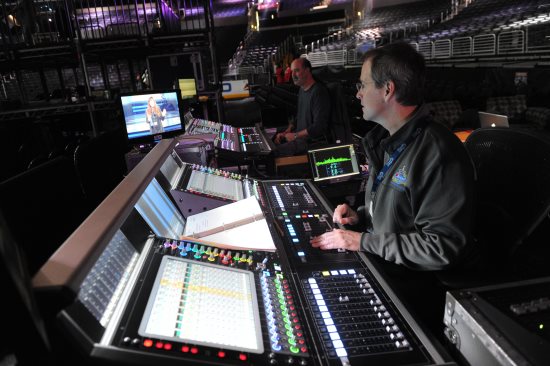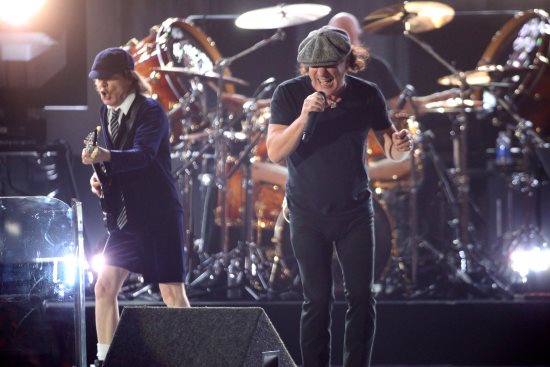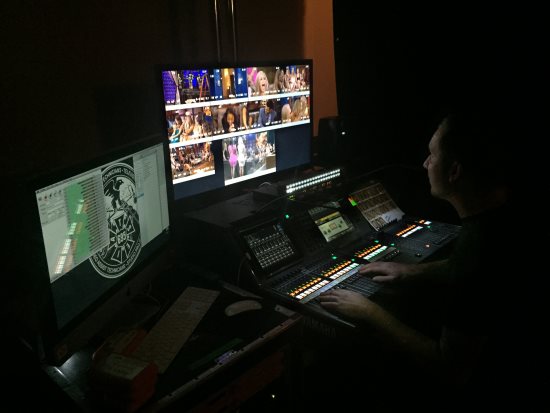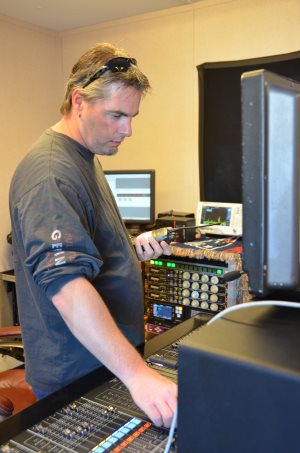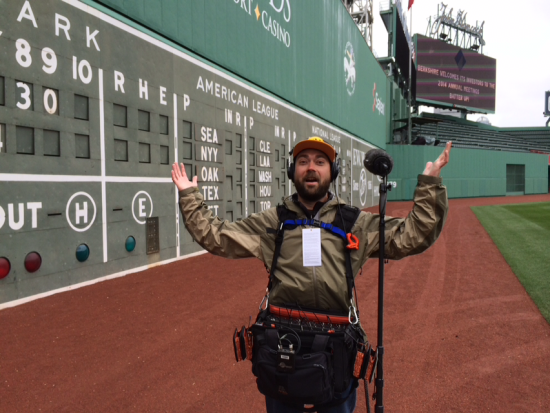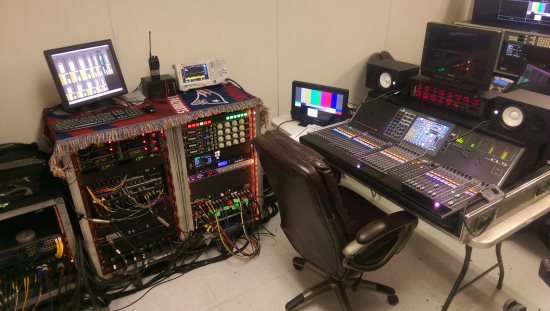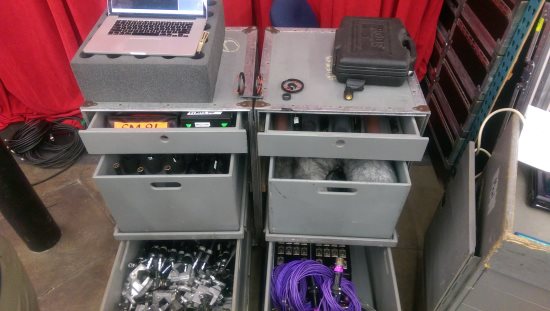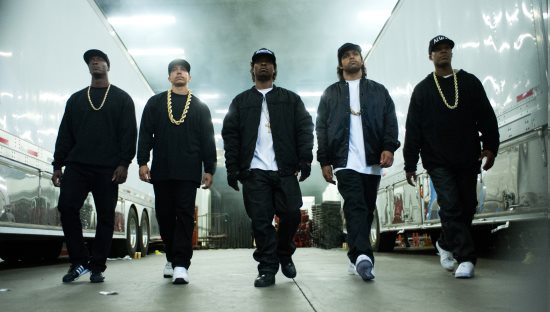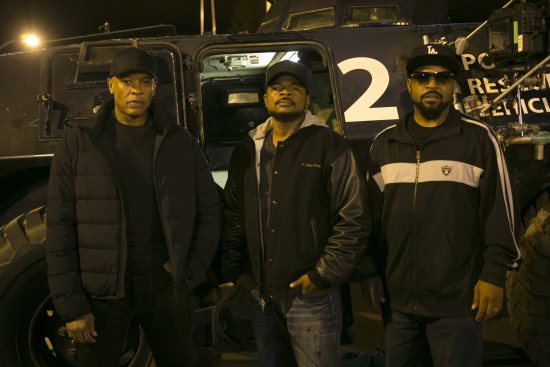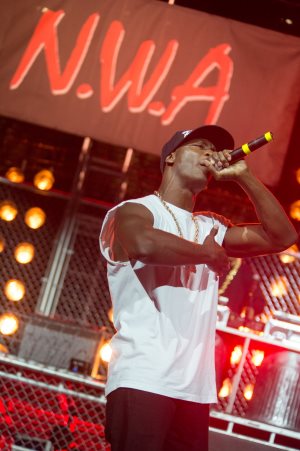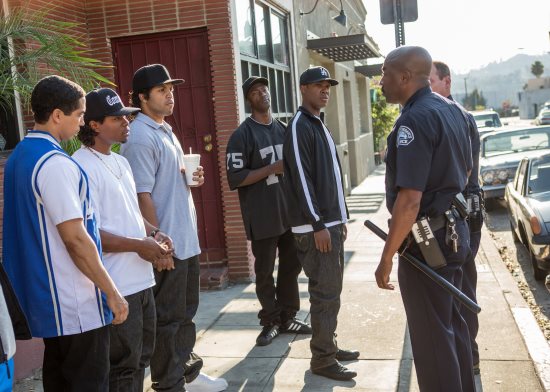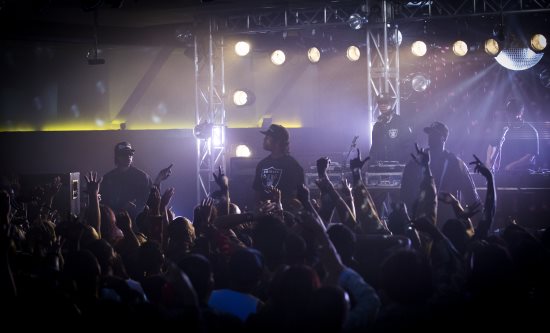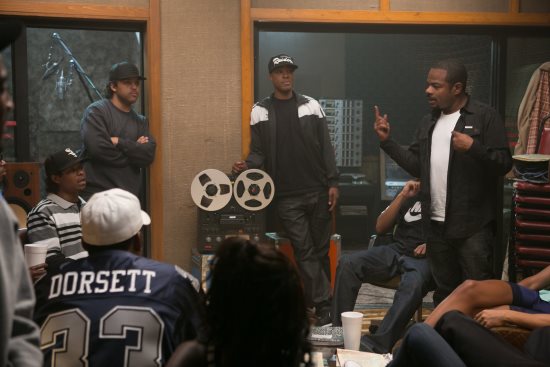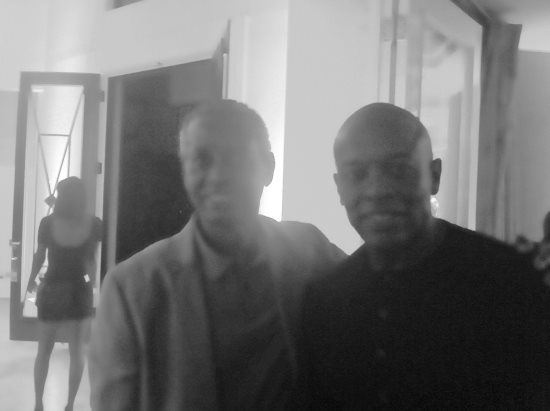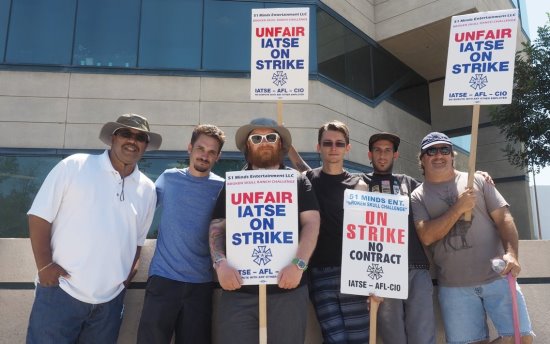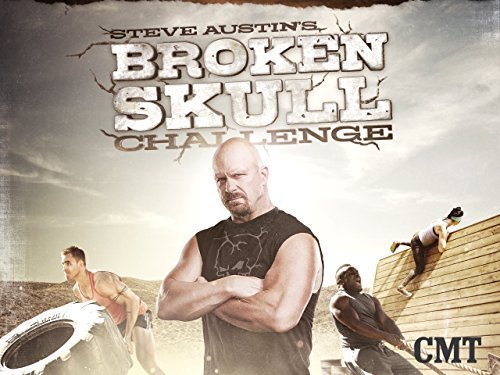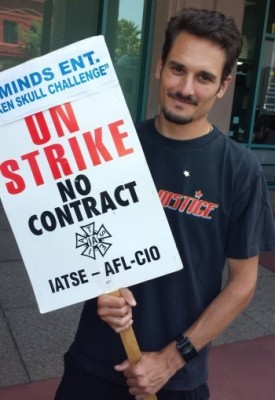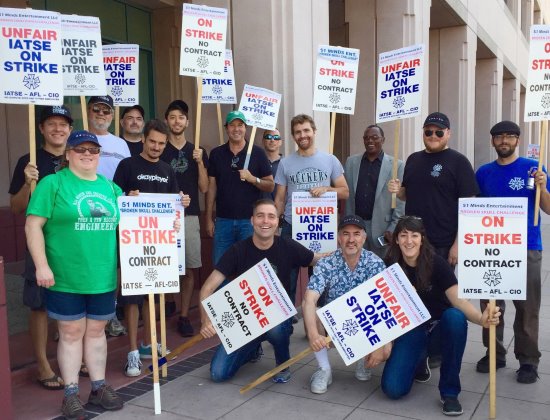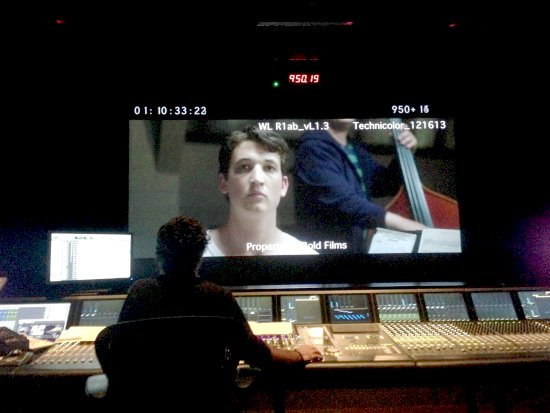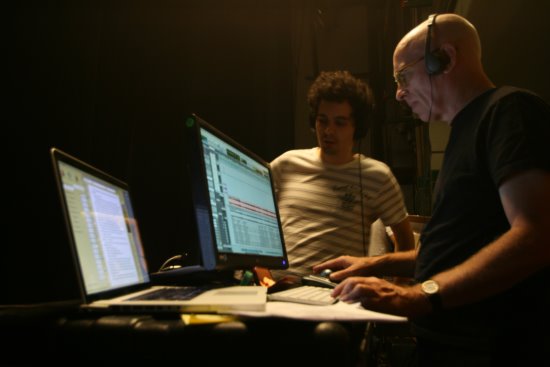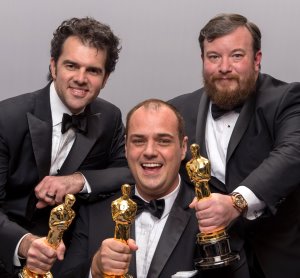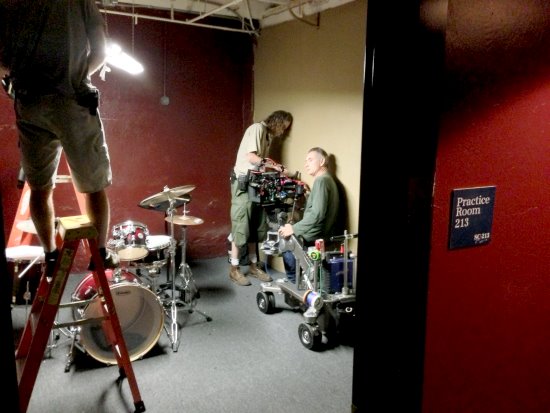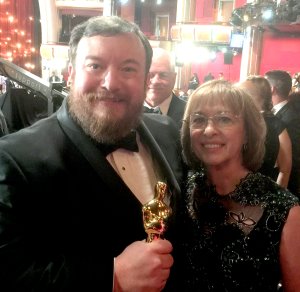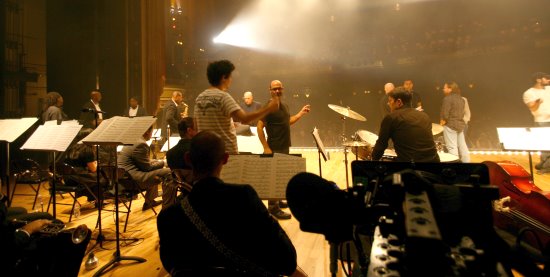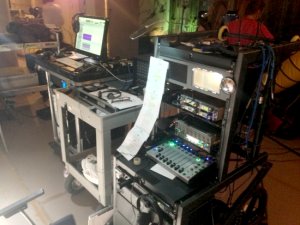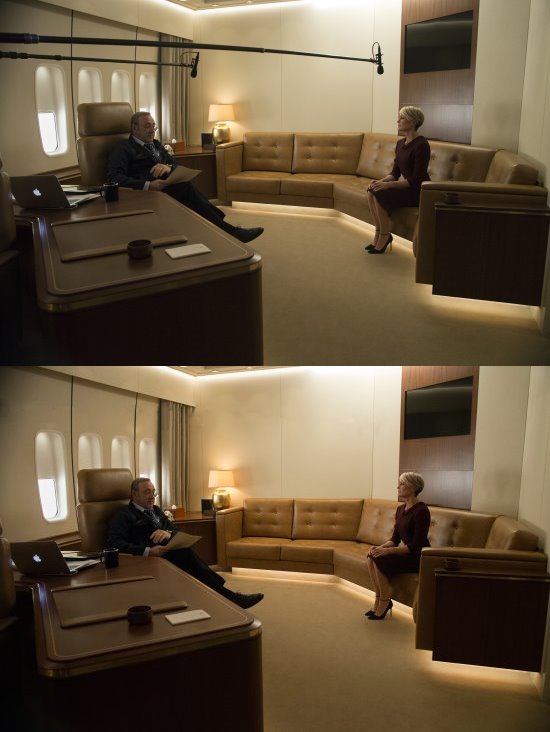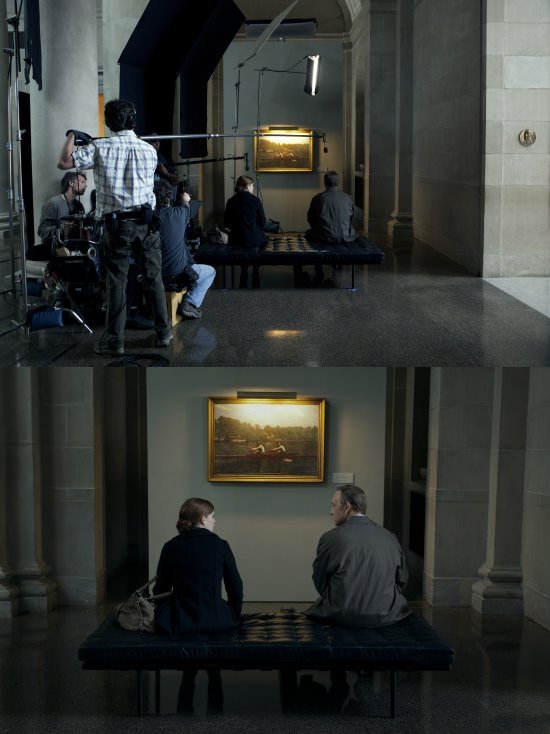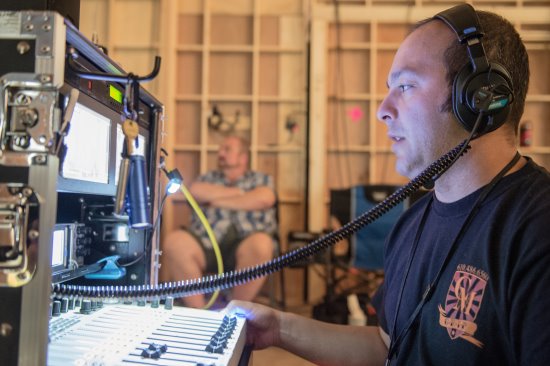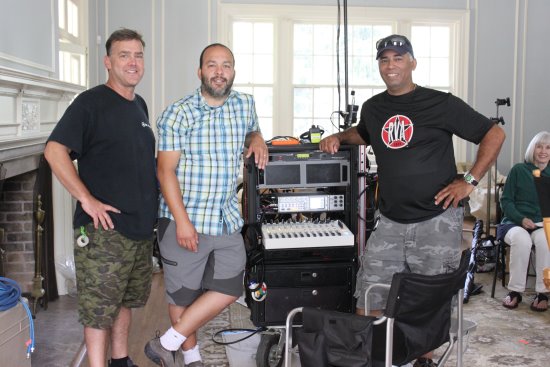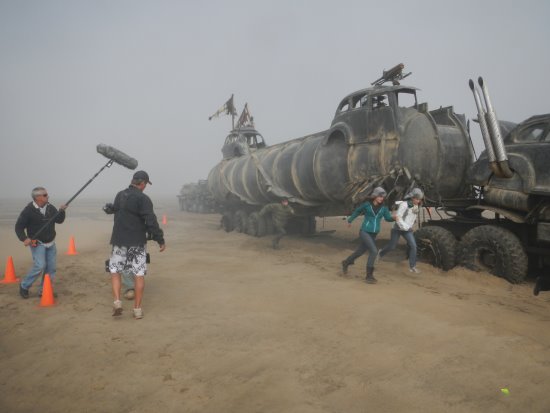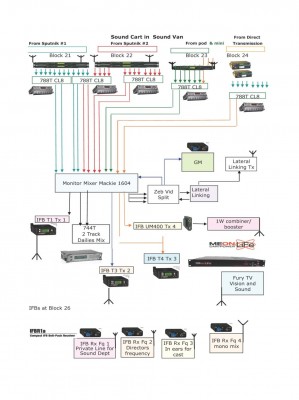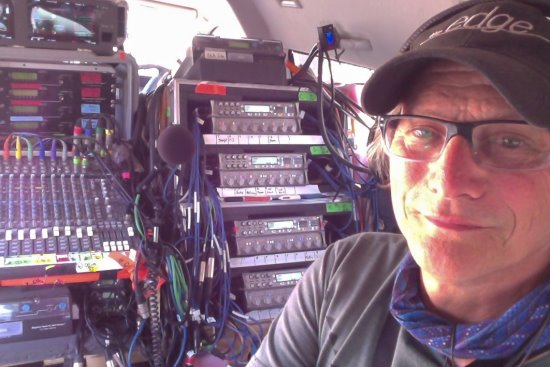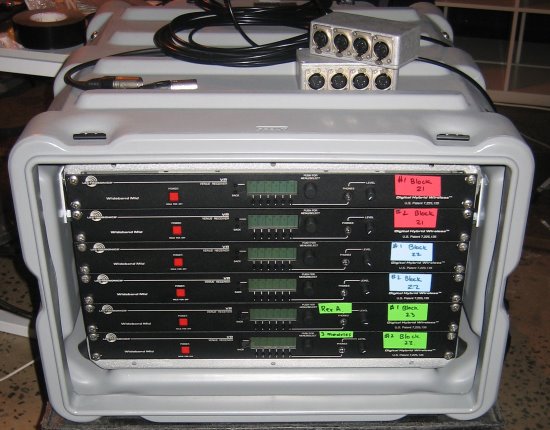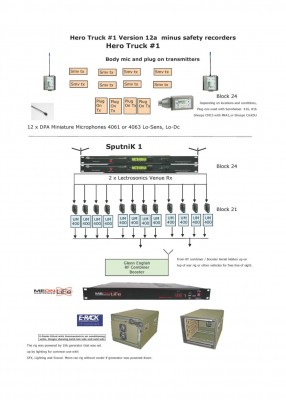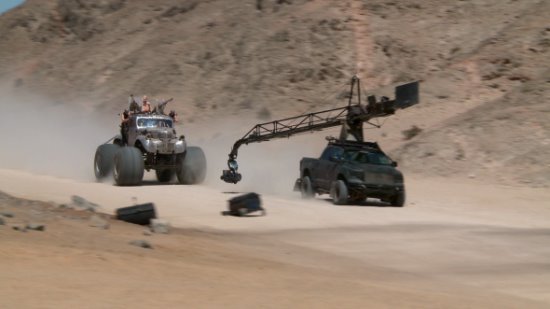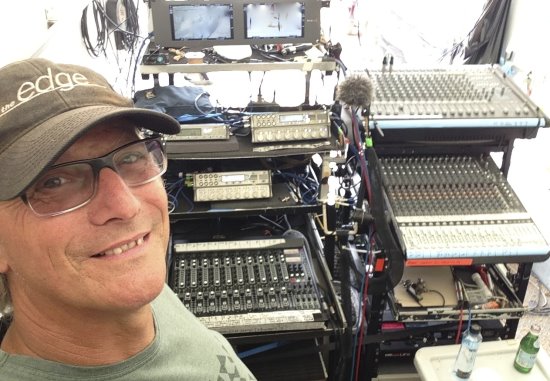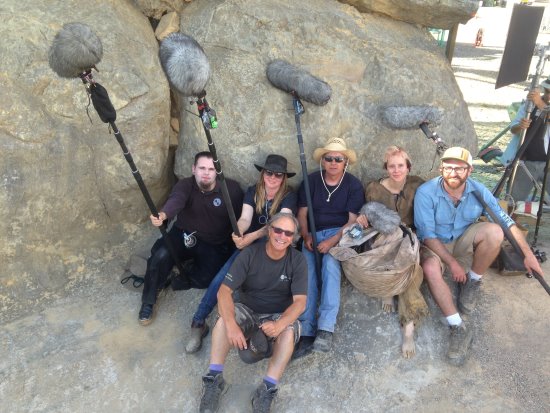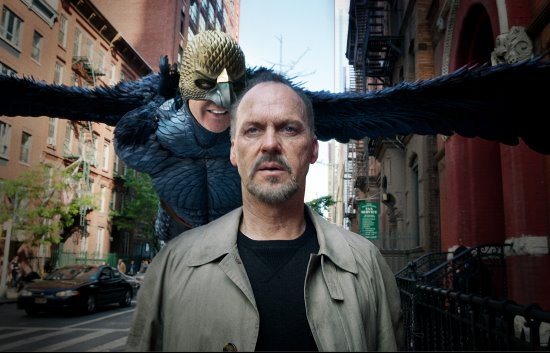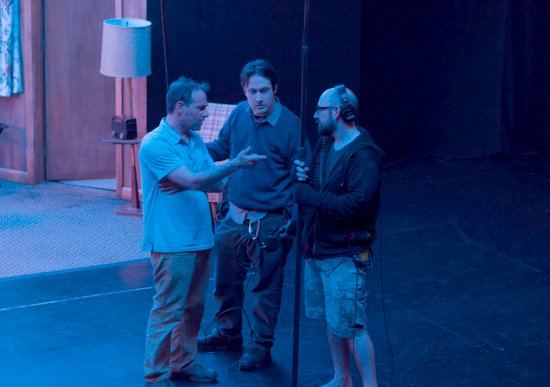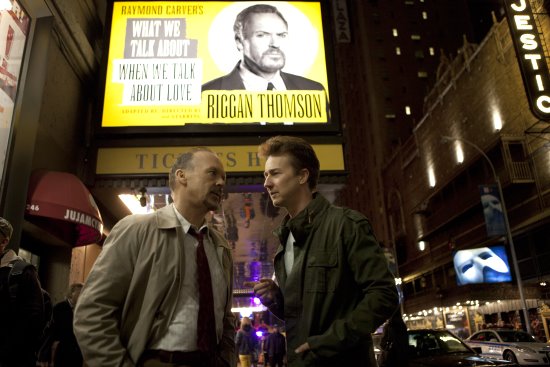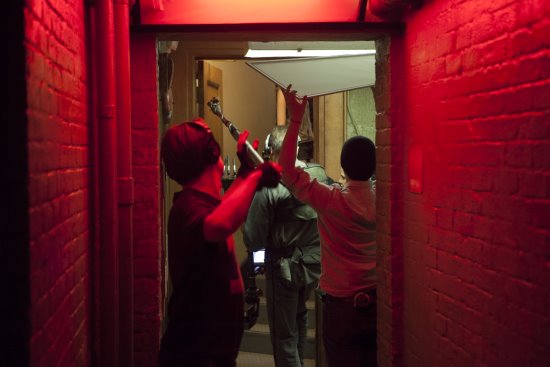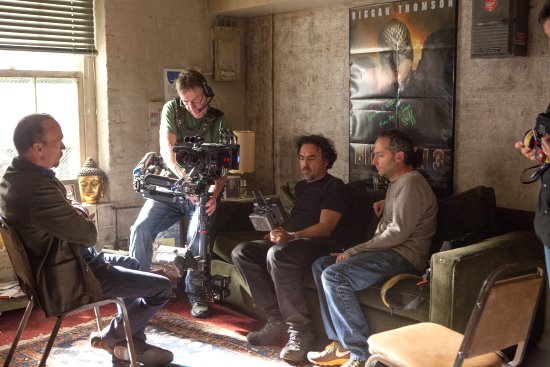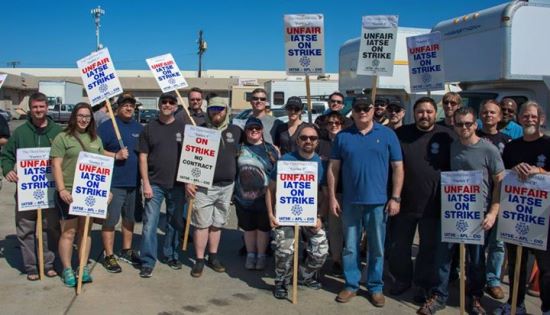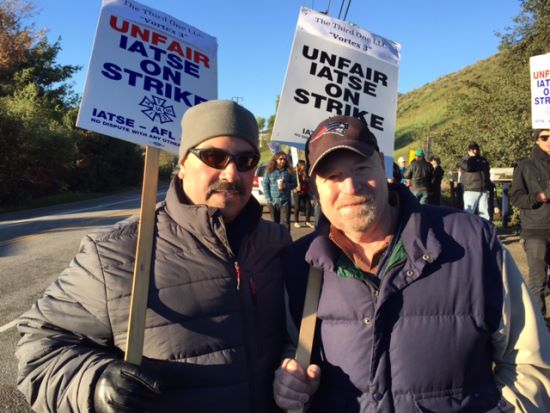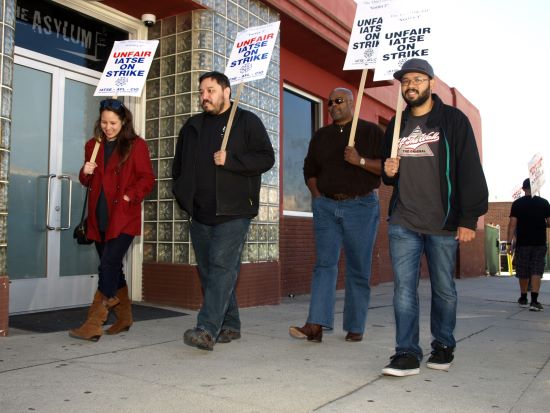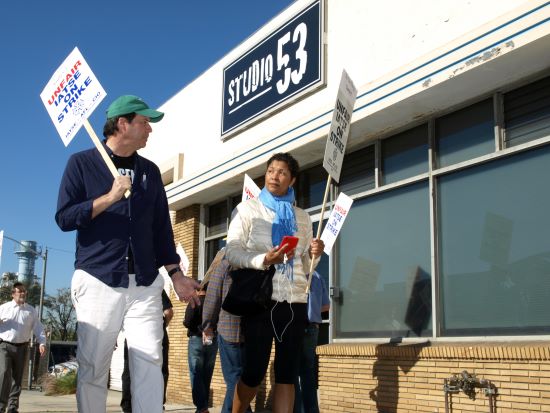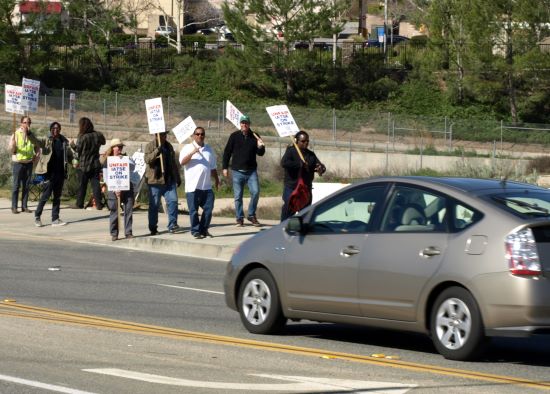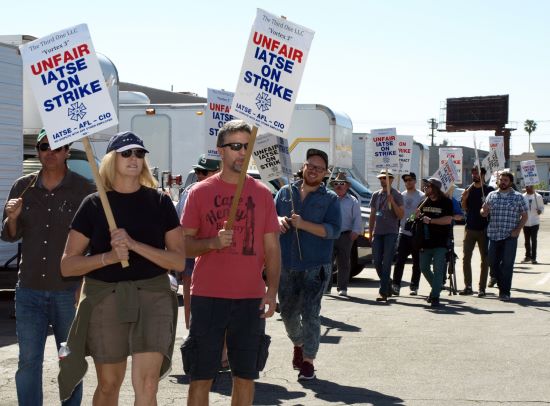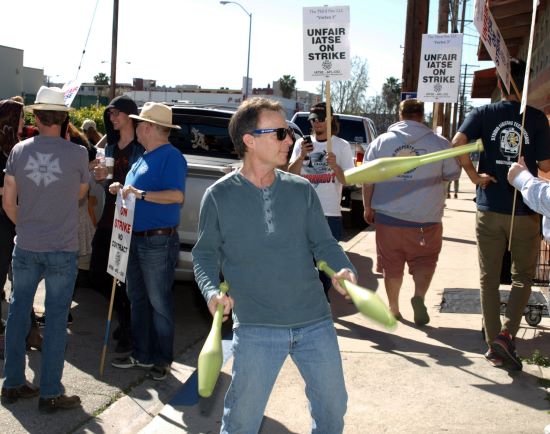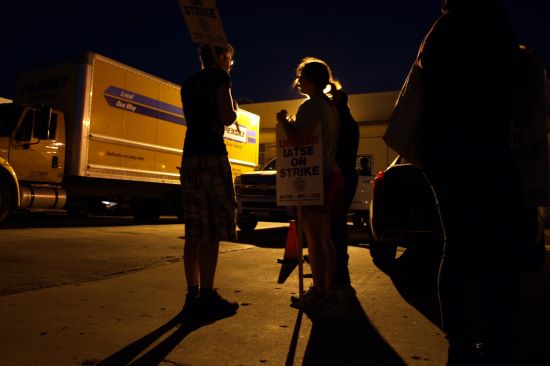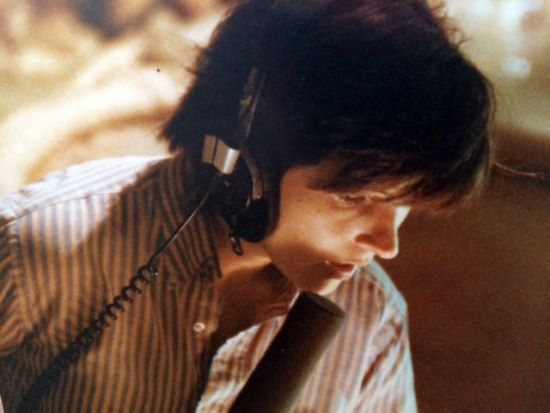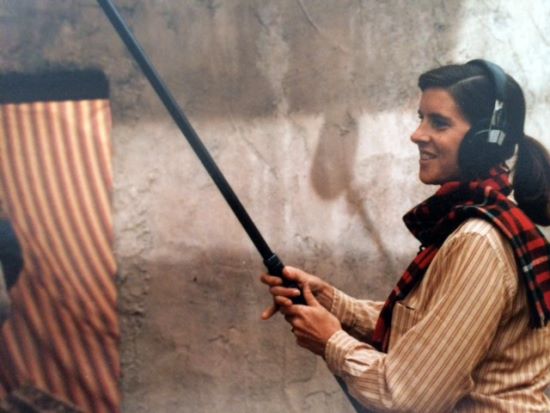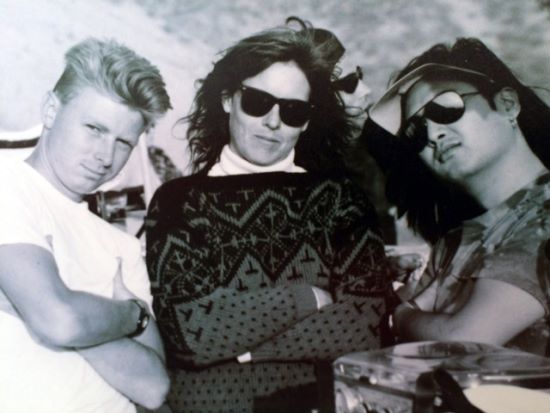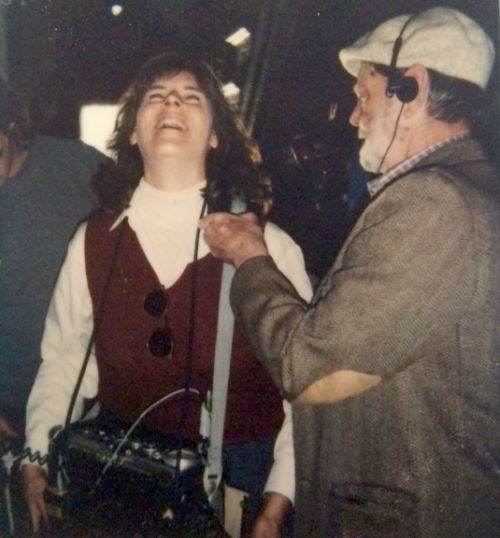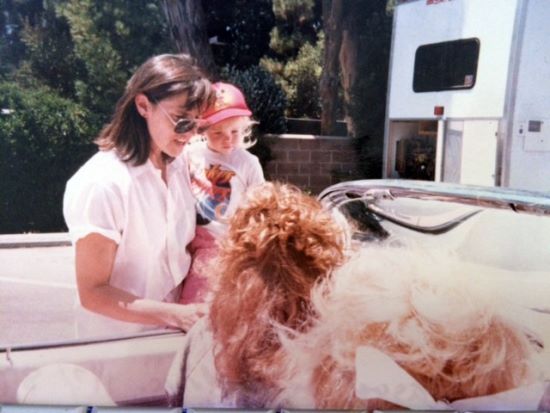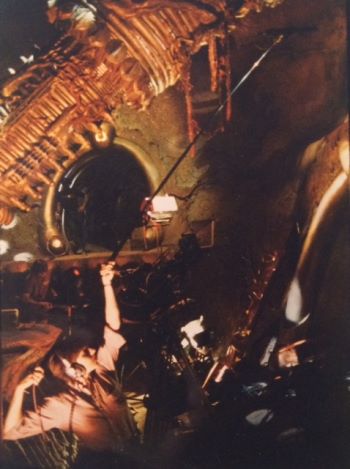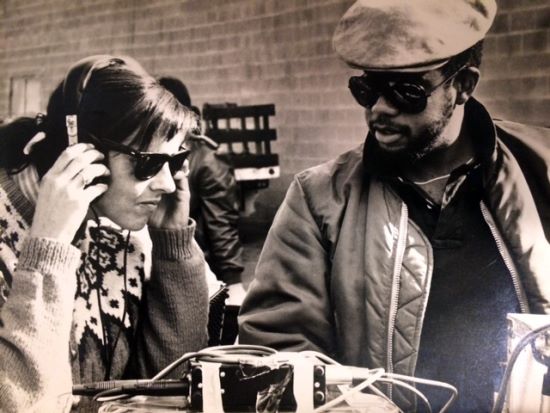by Peggy Names
All photos by Julius Metoyer & Mark Ulano
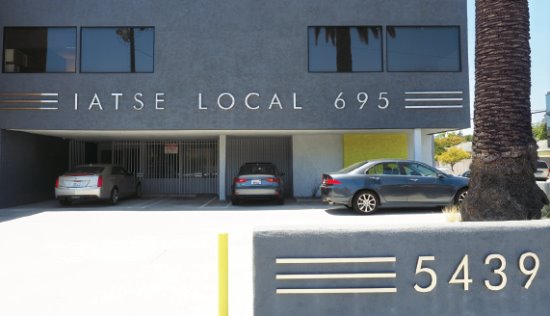
WHERE DO I BEGIN?
I guess it was after the last election new officers were sworn in, new committees were formed and one of was a Social Committee. Among the activities suggested was a Pizza Friday. I think I piped up with one of my sarcastic remarks like “Not until we get a mirror ball in the boardroom.” Me and my big mouth! The next thing I knew, a Building Committee was born and I volunteered as Chairperson.
A LITTLE HISTORY
There was a great desire to move to a different building where we could host meetings, hold larger classes and offer more parking. We enlisted the help of Chris Baer (a real estate agent at Colliers and an agent for many other locals) to assess the worth of our building and show us properties that fit our requirements. We promptly found that a new building was out of our reach so the focus shifted to upgrading the building we currently own. Our sad old offices needed some serious TLC. We enlisted Chris to help us decide which upgrades would most improve the resale value. Patrushkha Mierzwa (former Board member and boom operator) and Laurie Baer (design consultant) put together designs and ideas that inspired us in making our pig of a building into a silk purse.
The Building Committee agreed that the design should reflect the creativity, competency and classiness of the 695 membership. It should be welcoming, open, inclusive and reflect a positive, forward-thinking atmosphere. With that idea in mind, a coherent plan was formulated with the downstairs reflecting our history and saluting the membership. The journey upstairs could give a nod to the past and then launch you into the future. To heck with just resale value, we wanted to have a place to be proud of until that day when relocating becomes a reality.
FORMING A PLAN
Before we could begin anything, we had to form a plan and a budget and set our priorities. We spent many hours with due diligence research, choosing materials and gathering bids from contractors. There were trips to other locals for inspiration. It was hard to know when to include the entire committee because the project was so time-consuming and involved so much legwork. With every sample brought in, new ideas emerged. It became a very fluid process and an enormous amount of faith and trust was required by all to pull it all off. After working through stacks of ideas and suggestions, the concept was taking shape.
CLEANUP
The staff culled through all boxes and purged office furniture that no longer rendered itself useful. Spaces were arranged to be more efficient. We were able to keep, update and repurpose many of our case goods and cabinets, but the staff desks and chairs had to go. When I approached the liquidator around the corner to see if he was interested, he laughed and said, “Your office bought most of those pieces from us years ago!” That is a testament to how frugal the prior management was and how painfully clear that change was long overdue. We wound up being able to sell many pieces and we donated others to nonprofit groups. Thanks to Crest Office Furniture every office now has new matching desks and chairs that don’t squeak, creak and moan.
SCHEDULING
Figuring out time schedules to have the work done was no easy challenge. With Cindy being pregnant, we tried to wait with the noxious stuff until she was gone for the day. We scheduled as much work as possible after hours and on weekends. At one point, the entire office set up shop downstairs in the boardroom and file room. The staff were real troopers putting up with four months of mess, noise and disruption to complete the interior phase of the project. The staff has expressed that they are very pleased with the new space and are indeed happy to come to work in their new environment.
MAKEOVER
As with any project when one thing gets an upgrade, it only pulls focus to the ones that did not. It is amazing what a new coat of paint reveals. Now the ceiling tiles, window coverings, faceplates, flooring, lighting and just about everything looks dingy, dated and worn, even down to the smallest detail of a door stop. I like to think of the small details as jewelry. The outfit is not complete without it. We dealt with the unexpected, scratched our heads at the challenges and put our minds together to solve the conundrums. Yes, the project snowballed and yes, we did more than we had originally planned but we think we got a big bang for our buck and the membership can be proud of our new building. And to think we did it all without using any of the member’s dues!
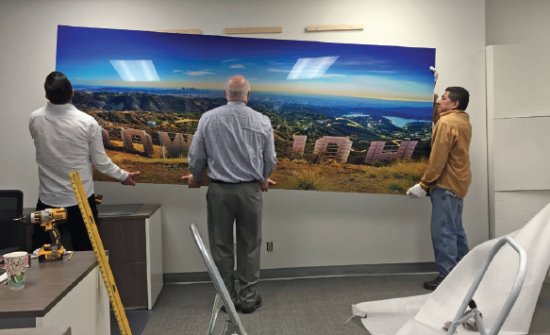
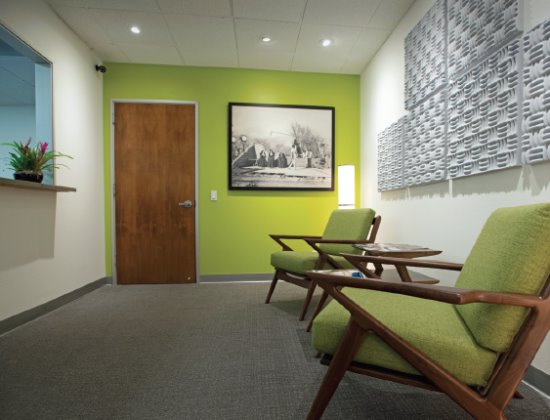
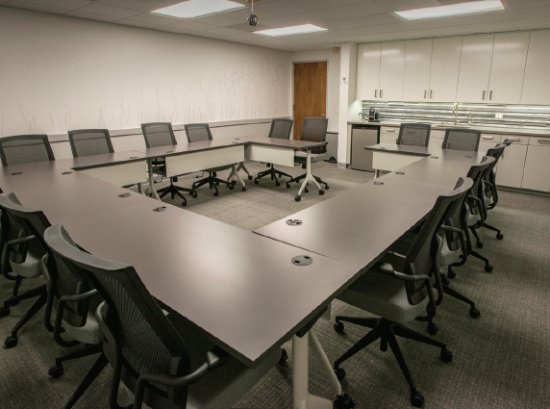
CREATIVITY
I am grateful for being given the opportunity to chair this committee and to bring my passion for design together with my passion for my career resulting in one beautiful building for our local. My mother would have been delighted to see that I finally got to use that BFA from USC! I love getting down and dirty, with my hands on projects, especially if I am trying to stay on budget. I think I used all the tools in my toolbox at one point or another. There were times when I lead the charge and times I wanted to throw in the towel. Thank you to Scott Bernard for your faith, trust and support in helping me see this project through to the end.
SPECIAL THANKYOU’S
I could not have done this project without the amazing Linda Skinner (Local 695’s Executive Assistant and Membership Services Coordinator), who was by my side every step of the way with the design, keeping the ball rolling, juggling all the pieces, balancing the budget and keeping me focused. I would like to thank the members of the committee for all of their input and support: Chris Howland, Richard Lightstone, Carrie Sheldon, Linda Skinner, Mark Ulano and Jennifer Winslow. Thanks to the Local 695 staff for their help with all those IKEA cabinet assemblies. Thanks to member Bill Kaplan for his help with the landscaping. Thanks to members Joshua Cumming and Michelle Guasto for their help replace ceiling tiles. Thanks to committee members Carrie and Jennifer for their help in capturing the membership on the walls of the boardroom. And to Laurence, you have been so helpful in so many areas I wouldn’t know where to begin but most of all, we could not have done any of this without the genius sale of our web domain name!
IF YOU GET A CHANCE, PLEASE STOP IN AND CHECK OUT YOUR NEW DIGS!!
